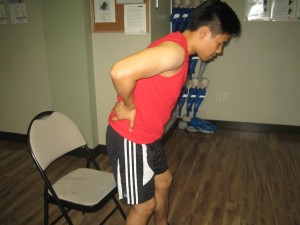An abdominal aortic aneurysm occurs when a region of the aorta in the abdomen has swollen or bulged into a small-sized balloon if weakened. The condition will not trigger any issues but if it ruptures, it can be life-threatening. If an individual is diagnosed with aneurysm, the doctor might suggest close monitoring.
What are the types?
An abdominal aortic aneurysm is generally categorized based on their size and rate of growth. These 2 factors are used to predict the health effects of the aneurysm.
- Small or slow-growing – there is a low risk for rupture. This type is safe to monitor using regular abdominal ultrasound.
Pain that radiates from the back or abdomen to the pelvis, legs or buttocks. - Large or fast-growing – these are likely to rupture that can result to internal bleeding and other severe complications. The bigger the aneurysm, the more likely it requires treatment with surgery.
What are the causes?
The exact causes of an abdominal aortic aneurysm are still unknown. Nevertheless, certain factors have been reported to increase the risk such as:
- Smoking – this can directly impair the arterial walls which makes them likely to bulge as well as increasing the risk for high blood pressure.
- High blood pressure – this can lead to the weakening of the walls of the aorta
- Vascular inflammation – significant inflammation inside the aorta and other arteries can cause an aneurysm
What are the indications of an abdominal aortic aneurysm?
In most cases of aneurysms, there are no indications unless they break. If one ruptures, the following might be present:
- Clammy or sweaty skin
- Abrupt back or abdominal pain
- Rapid heart rate
- Pain that radiates from the back or abdomen to the pelvis, legs or buttocks
- Shock or loss of consciousness
A doctor must be consulted right away if any of these are present. Remember that a ruptured aneurysm can be dangerous.
Management
Depending on the location and size of the aneurysm, the doctor might execute surgery to fix or get rid of the damaged tissue. This is done either with endovascular surgery or abdominal surgery. The type of surgery is based on the overall health and type of aneurysm the individual is diagnosed with.

